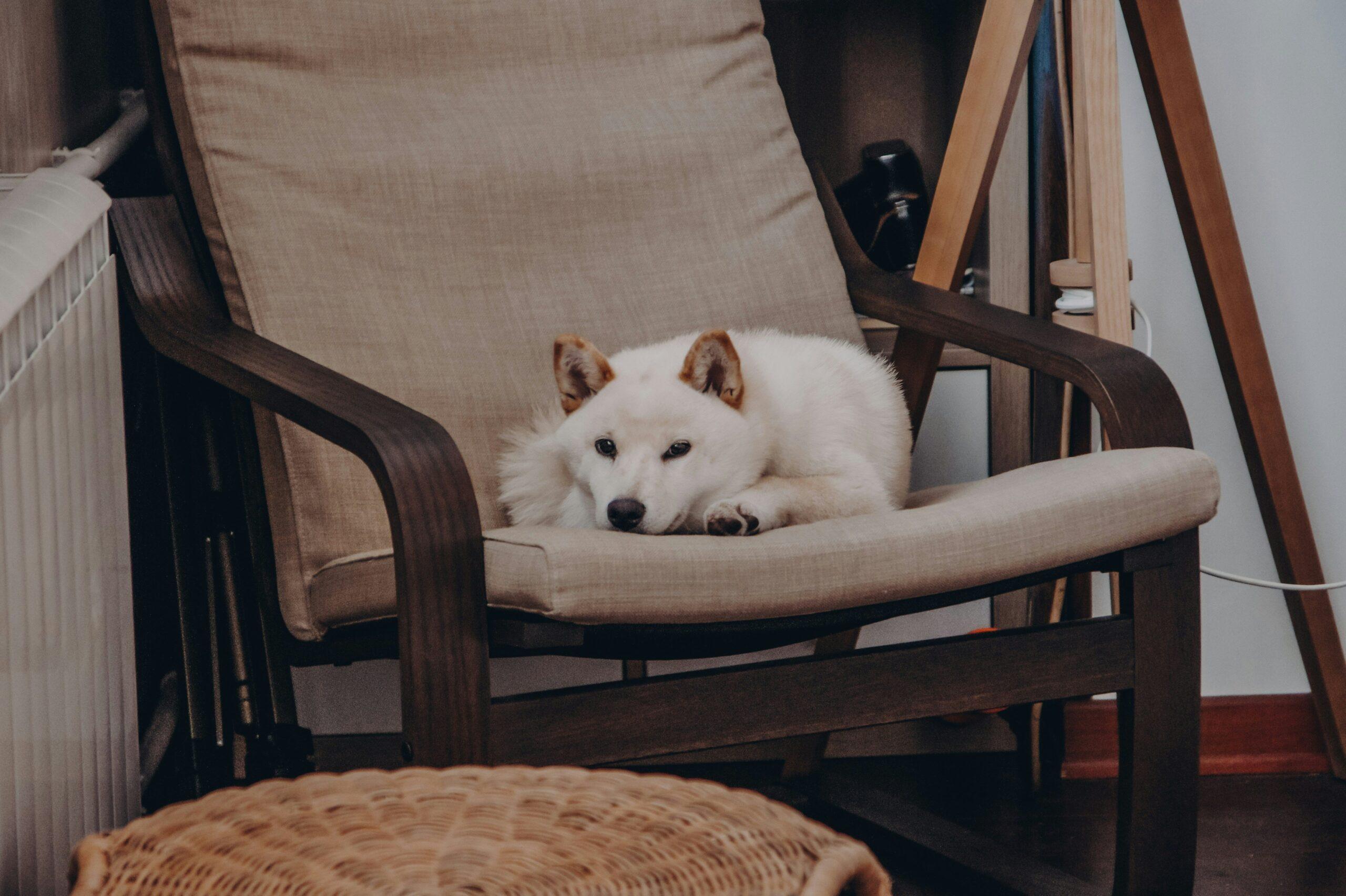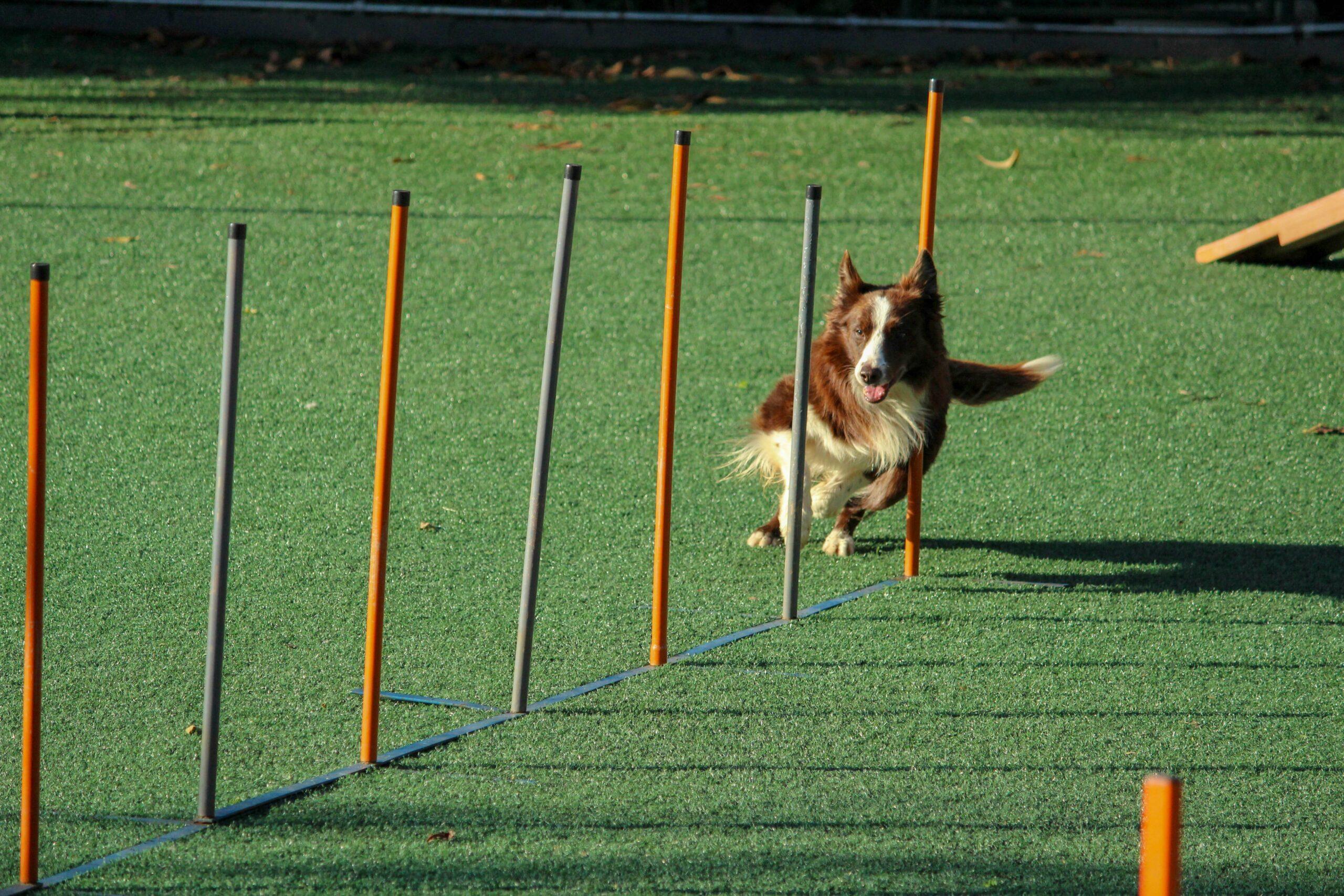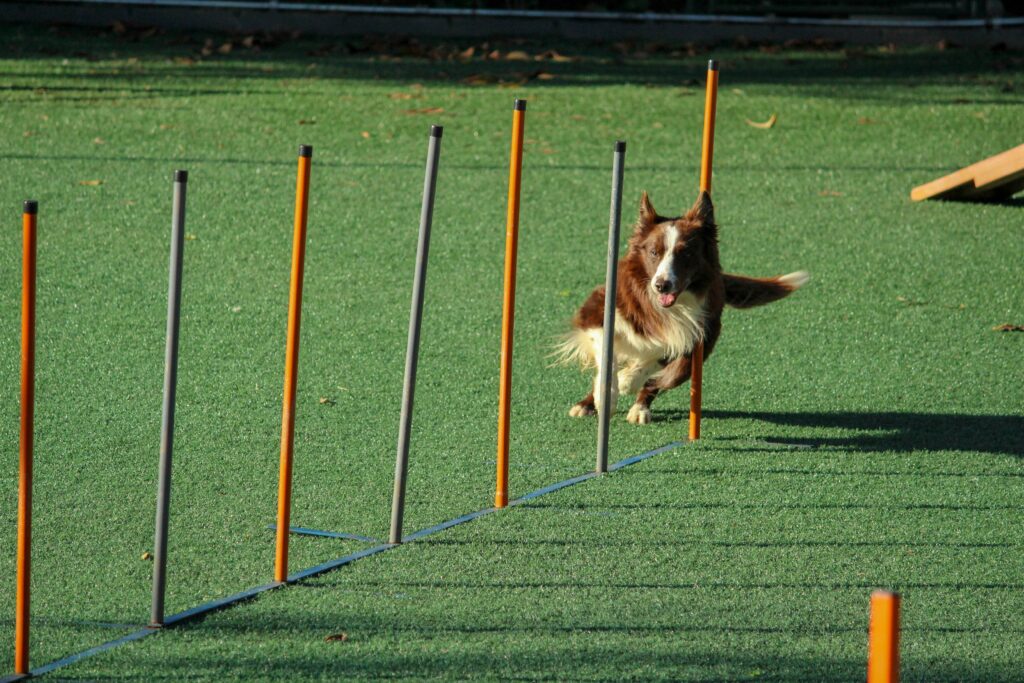Ever tried teaching your dog to sit, only to end up looking like you’re auditioning for a chaotic improv show? You’re not alone. Many pet parents struggle with “dog sit failure,” leaving them frustrated and their furry friends confused. But don’t worry—we’ve got you covered! In this guide, we’ll dive into why dogs fail at sitting, share actionable tips to fix it, and even throw in some laugh-out-loud moments (because training doesn’t have to be so serious). By the end of this post, you’ll know exactly how to turn that stubborn pup into a sitting superstar.
Table of Contents
- Understanding Why Dogs Fail at Sitting
- Step-by-Step Guide to Mastering the Sit Command
- Proven Training Tips for Success
- Real-Life Examples: From Failure to Triumph
- Frequently Asked Questions About Dog Sit Training
Key Takeaways
- Dog sit failure often stems from unclear cues, distractions, or poor timing during training.
- Consistency, patience, and positive reinforcement are key ingredients for success.
- Avoid common mistakes like shouting commands or punishing your dog—it creates fear, not results!
Understanding Why Dogs Fail at Sitting
Let’s face it: if your dog were born understanding English commands, life would be a lot easier. Alas, they aren’t—and that’s where things go sideways. There are three main reasons behind “dog sit failure”:
- Lack of Clarity: If your tone, body language, or treat placement is inconsistent, your pup might think you’re speaking another language entirely.
- Distractions Galore: Imagine trying to focus on math homework while someone blasts EDM in the background. That’s what it feels like for your dog when there’s too much sensory input around them.
- Poor Timing: Rewarding Fido five seconds after he’s already gotten up sends mixed signals. Timing matters more than you’d think.

So before blaming yourself—or worse, your adorable furball—remember that training isn’t just about repetition; it’s about communication.
Step-by-Step Guide to Mastering the Sit Command
Step 1: Choose the Right Environment
Start in a quiet space free of distractions—think Zen garden vibes but with fewer pebbles and more chew toys.
Step 2: Get Their Attention
Wave a delicious treat near your dog’s nose and hold it close enough to spark interest but far enough to avoid frenzied nibbling.
Step 3: Use Clear Hand Signals
Slowly raise the treat above your dog’s head, encouraging them to follow it naturally with their eyes. As their butt touches the ground, say “Sit!” in an upbeat voice.

Step 4: Reward Immediately
The instant those hindquarters hit the floor, give ‘em the treat. Think lightning-fast delivery here.
Step 5: Practice Makes Paws-Perfect
Repeat daily, gradually adding new environments and distractions once your dog nails sitting indoors.
Proven Training Tips for Success
Tip #1: Keep Sessions Short and Sweet
Dogs have short attention spans—about 5-10 minutes max. End sessions before boredom sets in.
Tip #2: Swap Treats for Verbal Praise
Once they get the hang of sitting, use affection and praise as rewards instead of food every time.
Tip #3: Avoid This Terrible Tip
Repeating the word “sit” over and over (“Sit… SIT! … *SIT!*”). It confuses your dog and makes you sound like a broken record.
Tip #4: Stay Calm Under Pressure
If frustration builds, take a break. Dogs pick up on your energy—so stay chill, or risk turning training into a stress fest.

Real-Life Examples: From Failure to Triumph
I’ll admit it—I once spent weeks trying to teach my terrier mix to sit. Spoiler alert: I failed miserably. Turns out, I was waving treats all over the place like a lunatic while yelling “Siiiiiit!” Meanwhile, she just stared at me, probably thinking, “Human, WHAT are you?” Then one day, I followed the steps outlined earlier, kept calm, and voila! She sat within minutes. Moral of the story? Sometimes, simplicity wins over chaos.
Frequently Asked Questions About Dog Sit Training
Q: How long does it usually take to teach a dog to sit?
A: Most dogs can learn within a week or two, depending on consistency and practice frequency.
Q: What do I do if my dog refuses to sit no matter what?
A: Rule out medical issues first. Pain or discomfort could make sitting difficult. Otherwise, try adjusting your technique—perhaps smaller treats or sharper gestures will help.
Q: Can older dogs still learn to sit?
A: Absolutely! Age is just a number. Older dogs may need extra patience but can absolutely master basic commands.
Conclusion
Training your dog to sit shouldn’t feel like navigating a minefield blindfolded. With these strategies—and maybe a little humor along the way—you’ll conquer dog sit failure faster than you can say “good boy.” Remember to keep sessions fun, remain patient, and celebrate small victories. Happy training!
“Like a Tamagotchi, your pup thrives on care—but luckily, less pixelated.”


